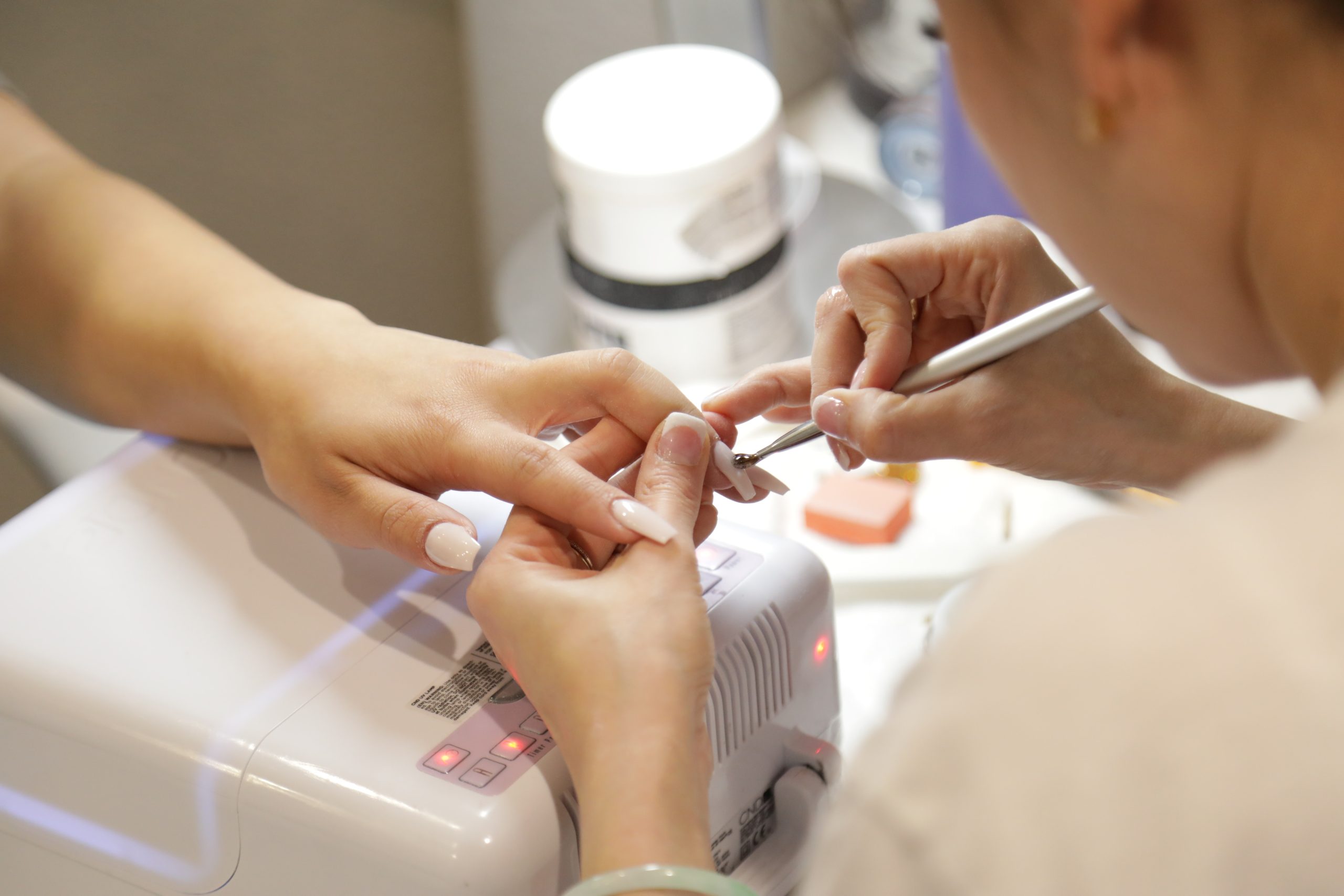In recent years, the gel manicure has become very popular among women but recent research suggests your regular gel mani-pedi might not be worth the risk.
Ultraviolet (UV) nail dryer radiation can damage DNA and cause mutations in human cells, which is linked to an increased risk of cancer, a study published last week found.
Researchers from the University of California, San Diego discovered that UV nail dryers, which are used to harden the gel, emit radiation that can harm genetic and cellular components, specifically by causing long-lasting mutations in human cells linked to an increased risk of cancer.
For more than a decade, researchers have suspected that regular use of ultraviolet nail dryers used for gel manicures may be associated with an increased risk of skin cancer.
Ultraviolet light is a type of electromagnetic radiation with wavelengths ranging from 10 to 400 nanometers, according to the UCAR Center for Science Education.
Ultraviolet A light (315 to 400 nanometers), found in sunlight, penetrates the skin more deeply and is commonly used in UV nail dryers.
Tanning beds use 280 to 400 nanometers, while the spectrum used in nail dryers is 340 to 395 nanometers, according to a news release for the study.
“If you look at the way these devices are presented, they are marketed as safe, with nothing to be concerned about,” said corresponding author Ludmil Alexandrov in the news release.
“But to the best of our knowledge, no one has actually studied these devices and how they affect human cells at the molecular and cellular levels until now,” Alexandrov added.
Researchers exposed human and mouse cells to UV light, finding that a 20-minute exposure killed 20% to 30% of the cells. Sixty to seventy percent of the exposed cells died after three consecutive 20-minute exposures.
The DNA and mitochondrial damage suffered by the remaining cells led to mutations with patterns that have been seen in human skin cancer.
Scientists say the results of their study, published in the scientific journal Nature, provide a comprehensive profile of the DNA damage and cell mutation that occurs after irradiation with nail polish dryers.
However, they added that further research in humans is needed before they can make definitive conclusions about cancer risks from exposure to UV nail polish dryers.
How can you reduce your risk?
When it comes to concerns about ultraviolet, or UV, light from any source, some dermatologists say the findings are nothing new. In fact, the results confirm why some people have changed the way they get gel manicures or stopped getting them altogether.
For those concerned about the results, precautions can be taken.
“Apply broad spectrum sunblock that contains zinc and titanium around the nails, and wear UV gloves with the fingertips cut off when it is time to cure your nails,” said Dr. Julia Curtis, an assistant professor of dermatology at the University of Utah.
“I would recommend alternatives to gel nails, such as the new wraps that are available online,” she told CNN.
Experts also suggest going to salons that use LED lights, which are thought to emit either no UV light or much, or in much lower amounts.
Applying serums rich in antioxidants, such as vitamin C, beforehand might also help.
Other safer options include getting regular manicured nails instead of gel nails.
For those who regularly get gel manicures, experts recommend seeing a board-certified dermatologist who can examine your skin for any skin cancer precursors and treat them before they become a serious problem.







